Map explanations
These are the locations shown on the main page shifting map:
Aukštaitija (Northeast Lithuania):
1. Kėdainiai Old Town, the cutest medieval district among Lithuania's towns.
2. Lake Sartai, a lake of Aukštaitija that offers some of the best Lithuanian observation mast panoramas and the location of Lithuania's traditional horse race.
3. Rumšiškės ethnographic museum, one of the world's largest purpose-built museums (almost 200 ha in size).
4. Rokiškis church, the most famous among the massive gothic revival churches that sprung up across Lithuanian countryside ~1900 as the Russian persecution of Catholicism waned.
Samogitia (Northwest Lithuania):
5. Hill of Crosses, a unique-in-the-world place where millions of people have been building Christian symbols despite persecutions.
6. Panemunė Castle, one of a string of castle-like palaces that rise above the scenic Nemunas valley.
7. Palanga manor, a pretty edifice of 19th-century nobility.
8. The beach of Palanga, "the" way to spend summer holidays of hundreds of thousands of Lithuanians and foreigners.
Dzūkija (Southeast Lithuania):
9. Trakai Island Castle, Eastern Europe's only water castle and Lithuania's most famous medieval fortress.
10. Ss. Peter and Paul church, the highlight of Baroque Vilnius churches because of its 2000 sculptures interior.
11. Dzūkija National Park, Lithuania's largest forest.
12. Vilnius panorama as seen from the iconic Three Crosses Hill.
Sudovia (Southern Lithuania):
13. A pasture field. Countryside runs deep in Lithuanian veins and Sudovia is where agriculture is traditionally the strongest.
14. A basketball match in Kaunas arena. Basketball is Lithuania's national sport also known as the second religion, and Kaunas arena is the nation's largest.
15. Prussian-Yotvingian settlement. A reimagination of prehistoric pagan Baltic village constructed beyond Lithuanian official boundaries by the lively Lithuanian community in Poland.
16. Kaunas Old Town as seen from Aleksotas hill in what is arguably the best urban panorama in Lithuania.
Lithuania Minor (Western Lithuania):
17. Olando kepurė cliff in Seaside Klaipėda, one of Lithuania's prettiest beaches.
18. Klaipėda New Town, Lithuania's sole port city that marries Lithuanian and German cultures.
19. Curonian Spit dunes, the "Lithuanian Sahara" and UNESCO World Heritage.
20. Elaborate weather vanes, a symbol of the Curonian lagoon fishermen culture.
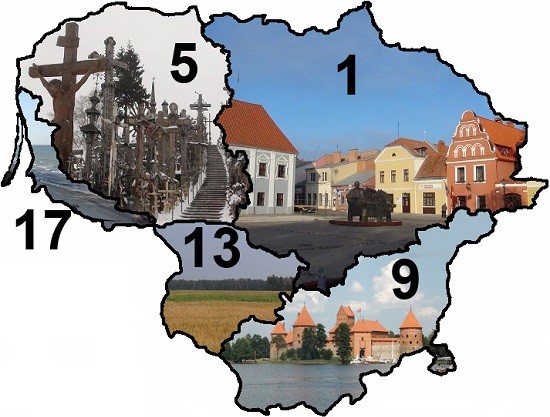
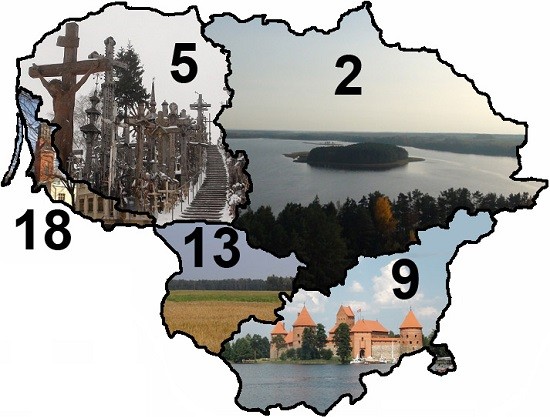
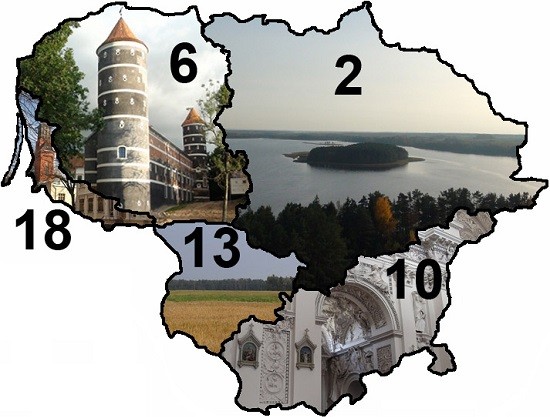
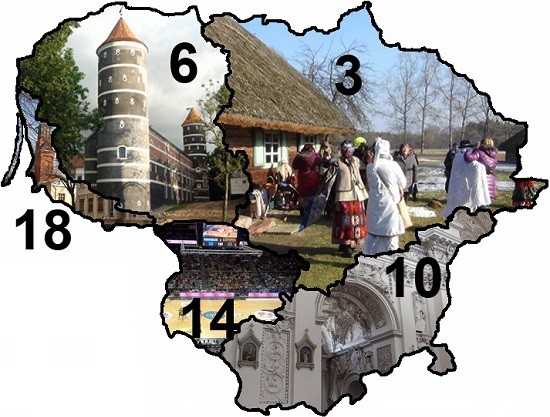
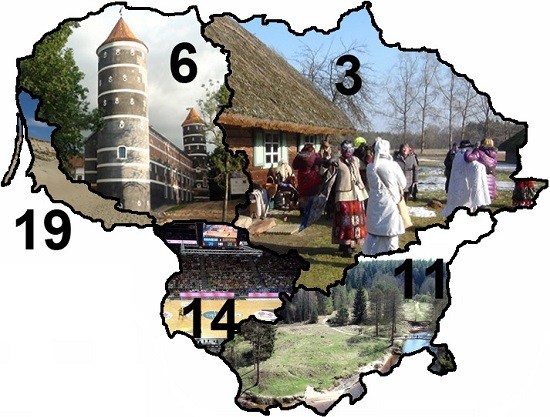
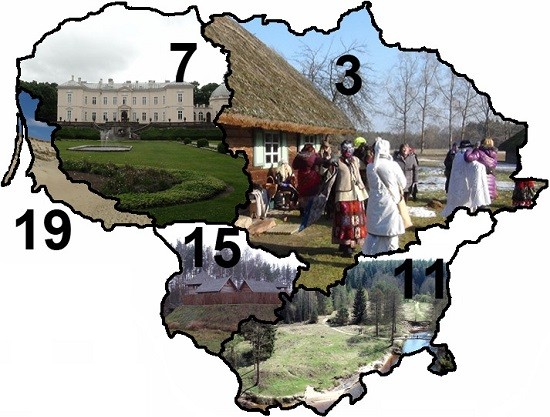
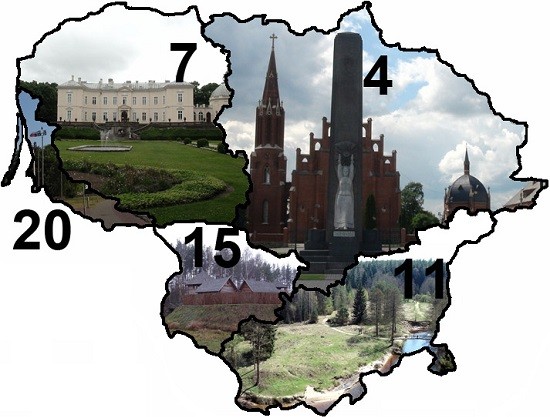
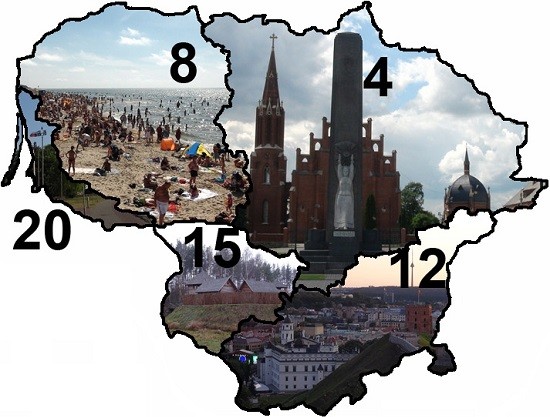
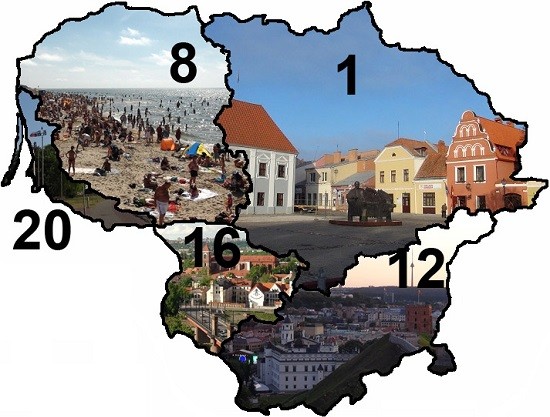




Leave a comment